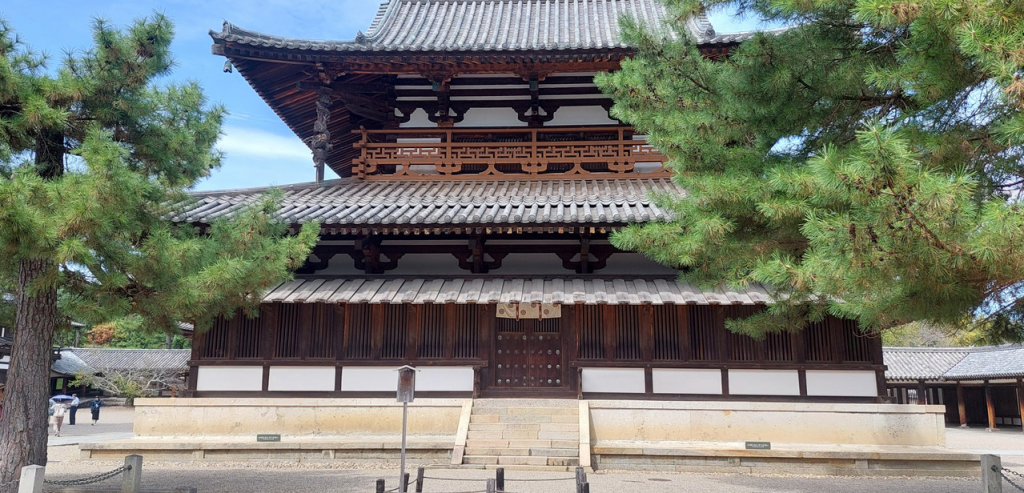
I was searching for a tour of Japan and I came across this page from TourRadar. They are offering an amazing number and variety of tours to suit all itineraries and budgets. The tour I opted for was a week’s whistlestop tour starting in Tokyo and finishing in Hiroshima, visiting Kyoto and Osaka and various other places on the way. The tour was run by EuropaMundo Vacaciones, a Spanish company who sell their tours through Agents such as TourRadar. Flights were not included but pickup from the airport was, and I soon arrived at Shinagawa Prince hotel, right opposite the Shinagawa station in Tokyo. That evening our group went on a walking tour of the city and a traditional Japanese dinner was included. The next morning we set off on a 5 hour tour of Tokyo, a group of about 20 many of whom were Spanish speakers, this was not a problem as we had two guides, one for the Spanish speakers and another for us English speakers.
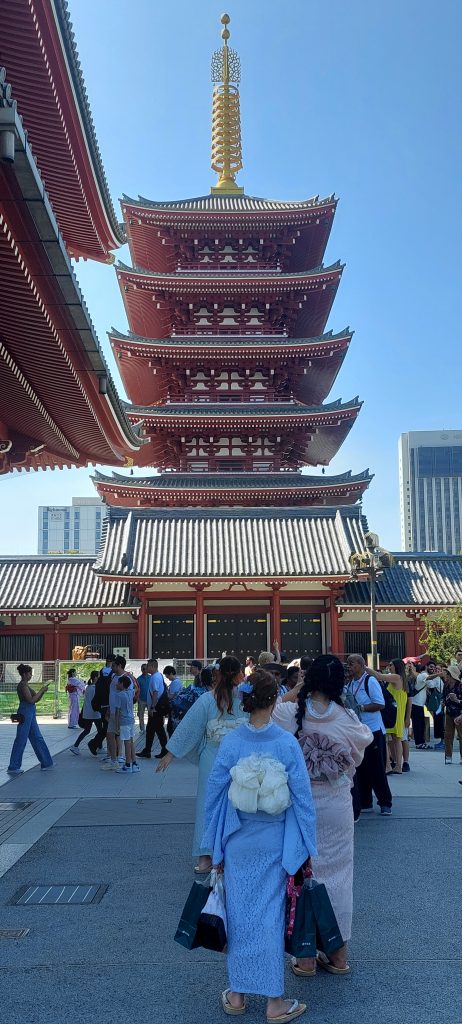
We visited the Zojoji Temple and the Meiji Temple and stopped at the Imperial Palace and the Nijubashi Bridge. We also visited the Buddhist temple of Sensoji, the oldest and most important temple in Tokyo, with its 55-metre high pagoda. Then we had some free time to visit the traditional commercial street of Nakamise in the district of Asakusa. Lunch was included in a local restaurant.
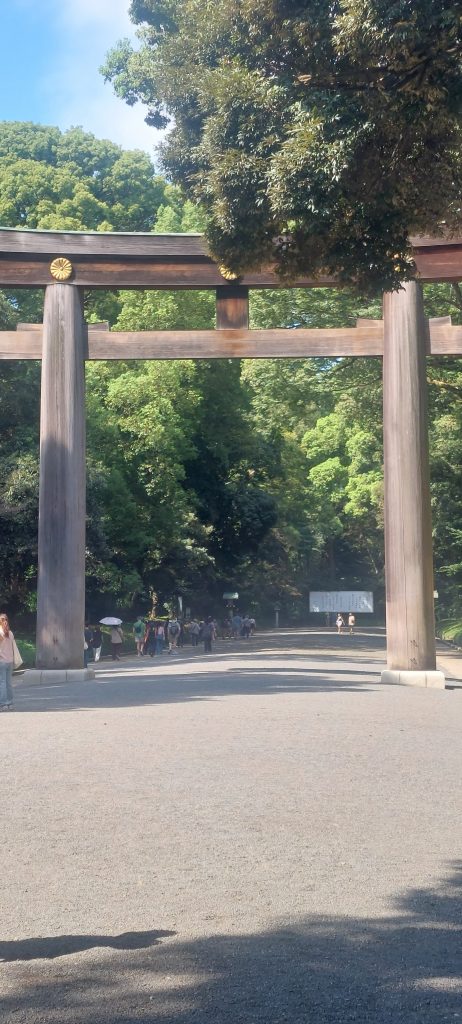
The next day we took the bullet train to Kyoto, a distance of about 500k in just over 2 hours. We spent the whole day in the city, which was the capital of Japan between 794 and 1868 and home to the Imperial Court. During World War II the city was the only major Japanese city to escape the bombardments, and so it still preserves its wealth of artistic heritage; the famous protocol restricting greenhouse gas emissions was signed in Kyoto in 1997. We saw the marvellous Shinto Shrine of Fushimi Inari, the Imperial Palace and Kinkakuji temple, “the golden pavilion” and its wonderful gardens, then visited GION, a busy traditional quarter famous for its Geisha.
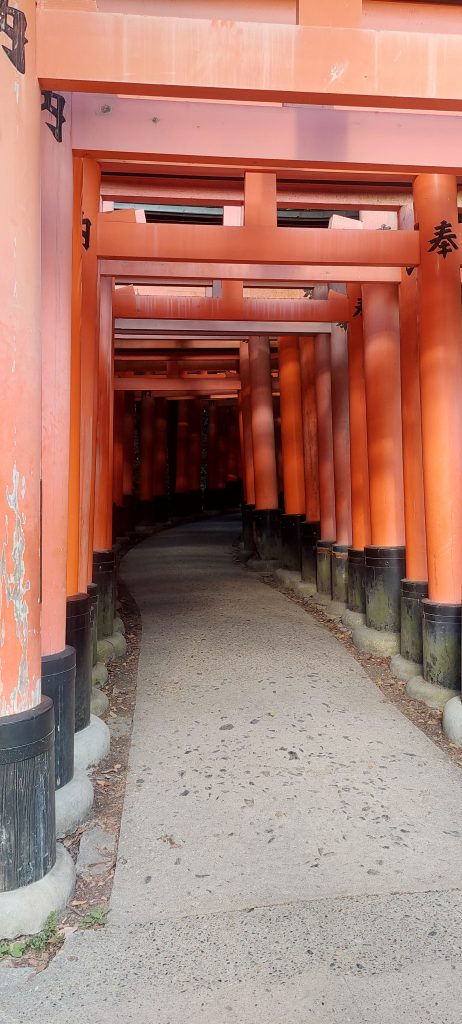

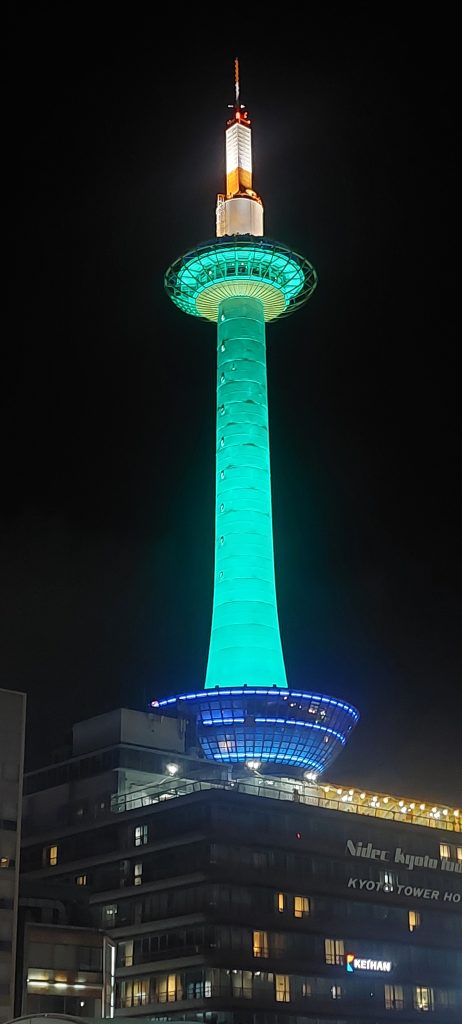
The next day we visited the Buddhist temple at Horyuji, a World Heritage Site. Its main pagoda temple is one of the oldest wooden buildings in the world and is the oldest Buddhist temple in Japan and an important place of worship. Then we continued our journey to Osaka and Himeji, another World Heritage site. It’s known for the sprawling, centuries-old, white Himeji Castle, also known as White Heron Castle (Shirasagijo) due to its elegant, white appearance. It is widely considered Japan’s most spectacular castle for its imposing size and beauty and its well preserved, complex castle grounds. Unlike many other Japanese castles, it was never destroyed by war, earthquake or fire and survives to this day as one of the country’s twelve original castles.
The next day we visited the Buddhist temple at Horyuji, a World Heritage Site. Its main pagoda temple is one of the oldest wooden buildings in the world and is the oldest Buddhist temple in Japan and an important place of worship.
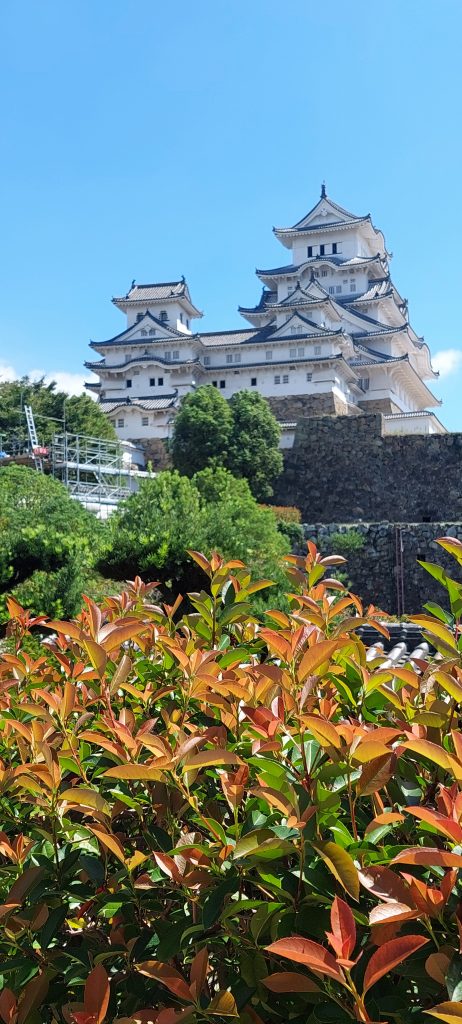
Then we continued our journey to Osaka and Himeji, another World Heritage site. It’s known for the sprawling, centuries-old, white Himeji Castle, also known as White Heron Castle (Shirasagijo) due to its elegant, white appearance. It is widely considered Japan’s most spectacular castle for its imposing size and beauty and its well preserved, complex castle grounds. Unlike many other Japanese castles, it was never destroyed by war, earthquake or fire and survives to this day as one of the country’s twelve original castles.
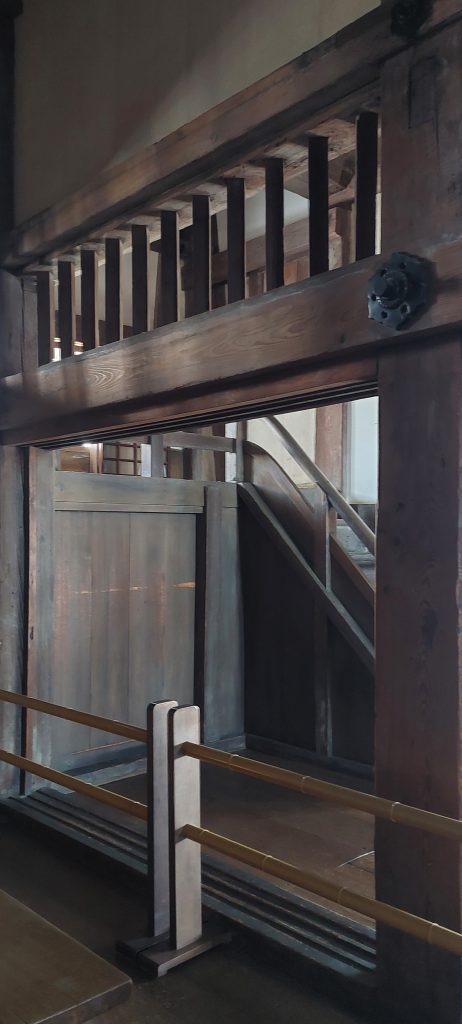
After spending the night at OKAYAMA we visited Korakuen, one of the most beautiful gardens in Japan, with its lakes, waterfalls and traditional teahouses. We visited the Shinto shrine of Kibitsu-Jinja before heading to Hiroshima, the city that is sadly famous as the site where the atomic bomb fell in 1945, destroying the whole city. We took a small ferry on a 15-minute crossing to Miyajima island visiting the ITSUKUSHIMA shrine, dedicated to the guardian of the seas and partially built on the sea. Later that day we visited the peace memorial, the dome and the impressive Peace Memorial Museum.
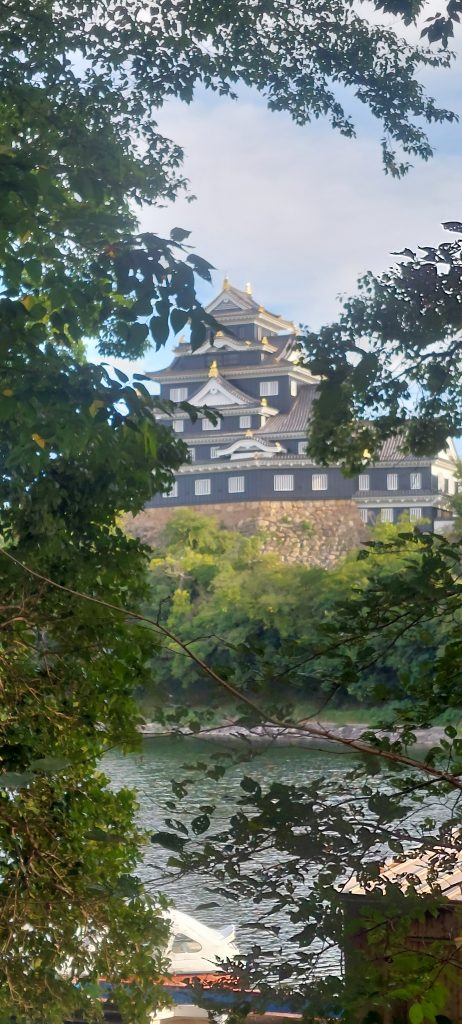

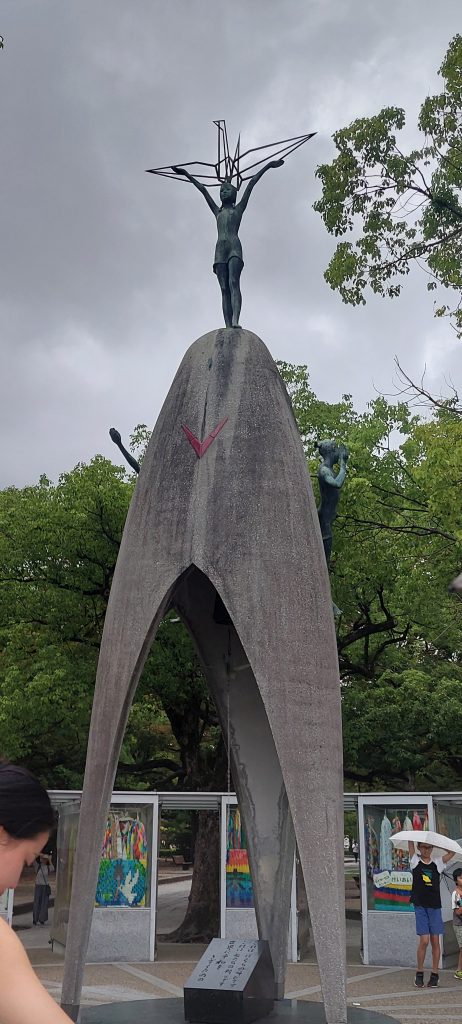
Up until now the weather had been stifling hot at about 35 degrees, unusual for the end of September, but on our last day in Hiroshima the heavens opened and umbrellas were opened to keep off the rain rather than previously for the sun.
